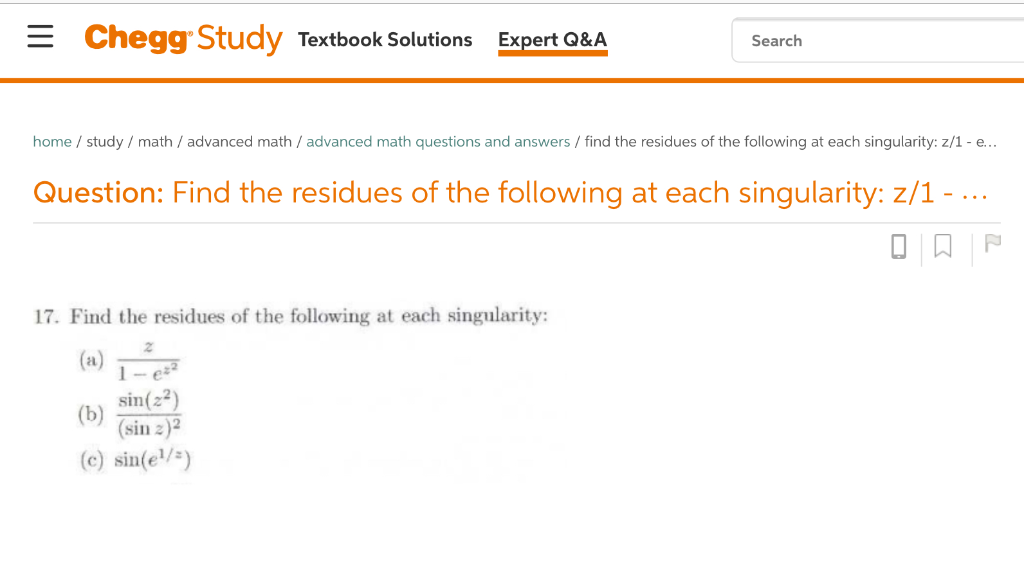

(a) Find all x such that f(x) 2 where f(x) x2 +1 f(x) (x1)2 f(x) x3 Write your answers in interval notation and draw them on the graphs of the functions.Pre-calculus Math questions posted by students and math answers posted by experienced online math tutors. Is there a function all of whose values are equal to each other If so, graph your answer. If f(x) = x 3 - x 2 - x + 1, then f'(2)Questions 1.
You will get the solution+similar types of problems This amazing function is free :). Take pictures of your math problems. If the equaon of the line is x/3y/-4 z, then nd the direcon raos of the line and a point on the line.
The graph of the particle’s velocity v(t) at time t is shown above for 0 ≤ t ≤ m, where j, k, l, and m are constants. A particle moves along a straight line. What is the instantaneous rate of change of f at x = 3? Let f be the function given by f(x) = x 3 - 6x 2 + 8x - 2. Which of the following is an equation of the line tangent to the graph of x 2 - 3xy = 10 at the point (1,-3)?
If the particle is at position x = -2 at time t, what is the position of the particle at time t = 3? A particle moves along the x-axis with velocity given by v(t) = 3t 2 - 4 for time t ≥ 0. For what values of t is the speed of the particle decreasing?
The table above gives values for the functions f and g and their derivatives at x = 3. What are all values of a and b for which f is differentiable at x = 1? Let f be the function given above. Of the following, which is not a possible value for f(2)? Let f be a differentiable function such that f(0) = -5 and f'(x) ≤ 3 for all x.
The function f is continuous for all real numbers, and the average rate of change of f on the closed interval is -3/2. Let h be the function given by h(x) = e x The figure above shows the graph of the function g and the line tangent to the graph of g at x = -1. What is the value of k'(3)?
What is the absolute minimum value of g on the closed interval ? The function g is given by g(x) = 4x 3 - 3x 2 - 6x + 1. If g(x) = f -1(x) for all x and the point (0,1) is on the graph of f, what is the value of g'(1)? Let f be the function defined by f(x) = 2x + e x. Of the following, which must be true?
What is the average height of the object from t = 0 to t = 2? For time t ≥ 0, the height h of an object suspended from a spring is given by h(t) = 16 + 7 cos(πt/4). Which of the following is an antiderivative of



 0 kommentar(er)
0 kommentar(er)
